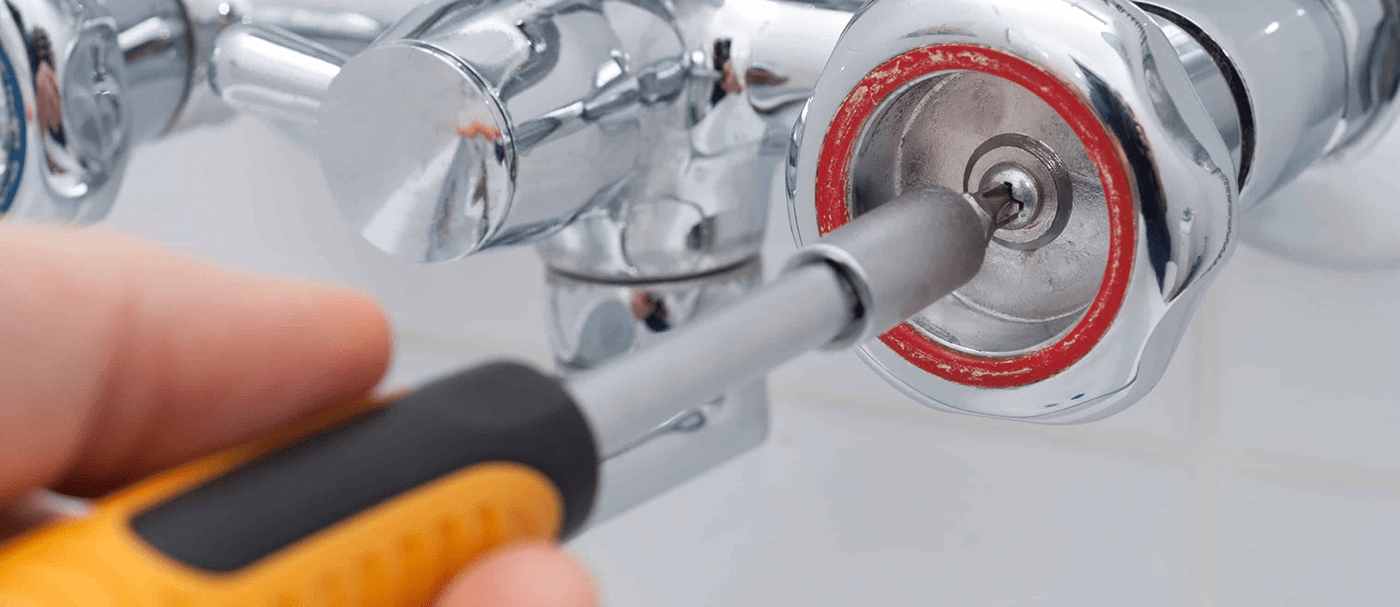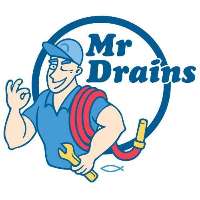Shower and Sink Tap Leaks

Let us help you:
- Honest pricing
- Quality Work
- Good listeners
- Experienced Tradesmen
- We offer a permanent solution
- Lifetime Workmanship Warranty
- Experience with Blocked Drains
Do You have Shower and Sink Tap Problems?
The same as a blocked sink, leaking taps are a common household problem that most people hold off and decide to fix last minute. Well, that’s inviting bad news. Leaving leaking taps alone can often bring in more problems than solutions to your table. And some of those problems are excessive water bills, floods and wall and floor damages.
There are simple DIY solutions you can do to fix the problem, or you can rely on the plumbing experts to do it for you. Mr Drains is always there for you to help with your tub and shower plumbing, sink plumbing and other bathroom plumbing needs.
Have a friendly team member visit, check and fix your plumbing issues. Book an appointment with us to dial 02 9986 1234 for emergencies.
The Common Causes of Leaks
Leaving a leaky shower or sink tap is both irritating and expensive. It’s irritating because you’ll hear an endless loop of that “drip, drip, drip” all night long. Meanwhile, it’s costly because the leaks waste hundreds of litres of water every week, increasing your water bill.
With that being said, what causes the leaks in the first place?
Sink Taps
Among the common causes of sink tap leaks are the following:
- The Washer or small rubber is corroded and damaged. This commonly happens because of improper installation or wear and tear.
- The O-Ring is damaged.
- Your cartridge is damaged due to wear and tear.
- The valve seat has mineral buildup or is damaged because of wear and tear.
- There are loose parts attached.
- Your area is currently experiencing high water pressure, which can also cause pipe issues.
Shower Taps
Among the common causes of shower tap leaks are the following:
- There are loose nuts.
- Washers are worn out because of wear and tear.
- Improper installation of washers.
- Washers are of poor quality.
- The washers installed are in the wrong size.
- Worn out o-rings because of wear and tear.
- There is mineral build up.
- The inlet and outlet seals are damaged because of wear and tear.
For both the sink and shower taps, the common causes of damage, which result in leaks, are old age and wear and tear. As the owner, we advise you to know how old your pipes and drainages are and consult with your reliable plumbing service provider for tips and recommendations, which can help prevent problems in the future.
Call The Bathroom Plumbing Experts
Our team is dedicated to fixing the root of the plumbing problem, providing solutions that will benefit you in the long run!
Mr Drains can help you in the following:
- Kitchen Tap Repairs and Installations
- Bathroom Tap Repairs and Installations
- Washing Machine and Laundry Tap Repairs and Installations (in case placed near or within the bathroom)
- Outdoor Shower Repairs and Installations
From installations to repairs and replacements of taps or even the whole plumbing system, Mr Drains can take care of it. We pride ourselves on our work process and guarantee that we always get the job done!
Mr Drains’ Work Process and Guarantee
We always assure our customers that our plumbers are always prepared before heading to your residential or commercial area. We follow a process so that everything is organised and covered.
After arriving at your area, we’ll do an inspection of your bathroom — or other locations in need of inspection — and plumbing system to find the root of your shower and tap leaks. After that, we provide a quotation with upfront pricing, but if you’re a pensioner or Senior Cardholder, we grant a 10% discount on the bill. On the other hand, we charge additional fees if the situation needs additional equipment. Our vehicle is always fully stocked with the latest plumbing tools and equipment needed during the process, lessening unnecessary trips to get supplies.
Once everything is agreed upon, we can proceed with the installation or repairs and testing to ensure everything is working properly. After this, we clean up the area and provide maintenance advice for your newly installed or fixed shower and sink taps. We’re also open to provide support after the service if ever you come across problems.
Get your shower and sink taps fixed. Reach out to us by booking an appointment or reach out to 02 9986 1234. We service any drain emergency 24/7.
"We have used your plumbing services for over 20 years now and have always found your company to be honest and reliable."
R G Brideson, L J Hooker Lindfield NSW
"We call Mr Drains to fix our drains that block every year and receive great personal service. I would highly recommend using their services!"
Mr Lawson, St Ives NSW
"I would not hesitate recommending your plumbing services to my friends and family. I called you to express how happy I was with the service. Geoff even took his shoes off at the front door!"
